Apple’s unveiling of the new “Liquid Glass” interface at WWDC 2025 signals a clear shift in its design philosophy, and it’s a move that decisively separates iOS from Xiaomi’s HyperOS. After years of increasingly similar aesthetics—especially since MIUI 12—Apple is now forging its own path. The Liquid Glass update brings sophisticated transparency, dynamic shine, and a layered feel across the OS. Compared to Xiaomi’s more understated approach, Apple’s redesign is a bold statement in visual innovation.
Distinguishing Features of Liquid Glass
The inspiration from visionOS is clear: Liquid Glass is about depth, clarity, and movement. The interface isn’t just about looking good—it’s crafted to feel responsive and immersive. Apple’s new frosted-glass visuals and adaptive lighting set a new bar for mobile UI, with controls and menus designed for the latest hardware trends like curved screens. This approach stands in contrast to HyperOS, which still prioritizes a streamlined, minimal, and functional experience with only subtle transparency effects.
Key differentiators include rounded controls, desktop-inspired vertical menus, and dynamic visual responses based on content. Apple’s design now targets both aesthetic value and a more engaging user experience, while HyperOS continues to focus on simplicity and customization.
Implications for the Mobile Industry
This strategic redesign positions Apple as the leader in premium interface design, creating a clear distinction from Android-based systems such as HyperOS. Xiaomi’s strategy centers on customization and practical features, whereas Apple is emphasizing a visually compelling, cohesive environment.
For Xiaomi users seeking more from their devices, resources like HyperOSUpdates.com or the MemeOS Enhancer app offer access to hidden features and advanced customization options.
Moving Forward
Liquid Glass marks a significant evolution in mobile UI, with Apple prioritizing visual sophistication and premium “look and feel.” On the other hand, Xiaomi remains committed to flexibility and user-driven functionality. The market now has two distinctly different platforms: one focused on high-end design, the other on customizable practicality. This gives users a clearer choice and allows each brand to play to its strengths.


 Emir Bardakçı
Emir Bardakçı
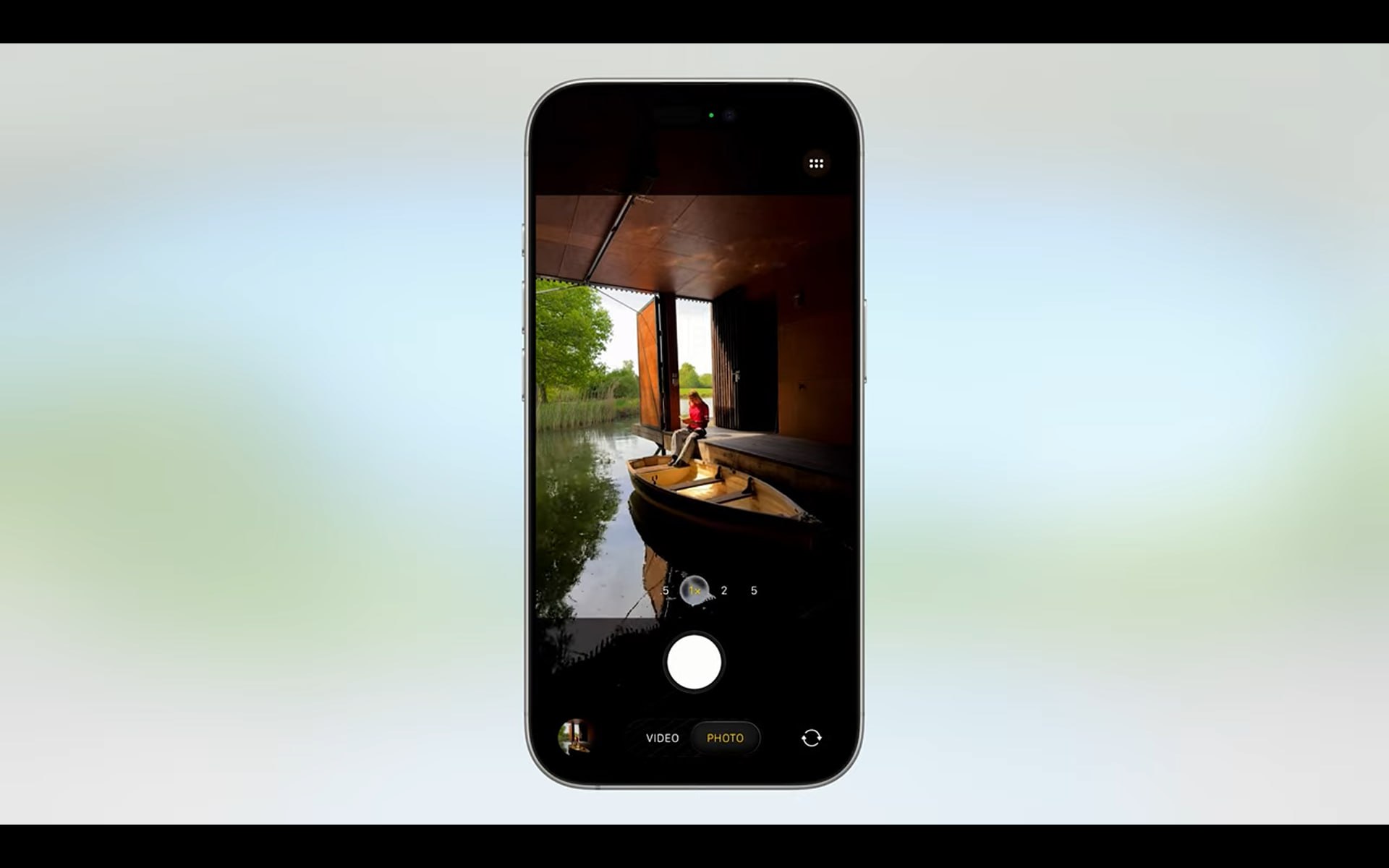
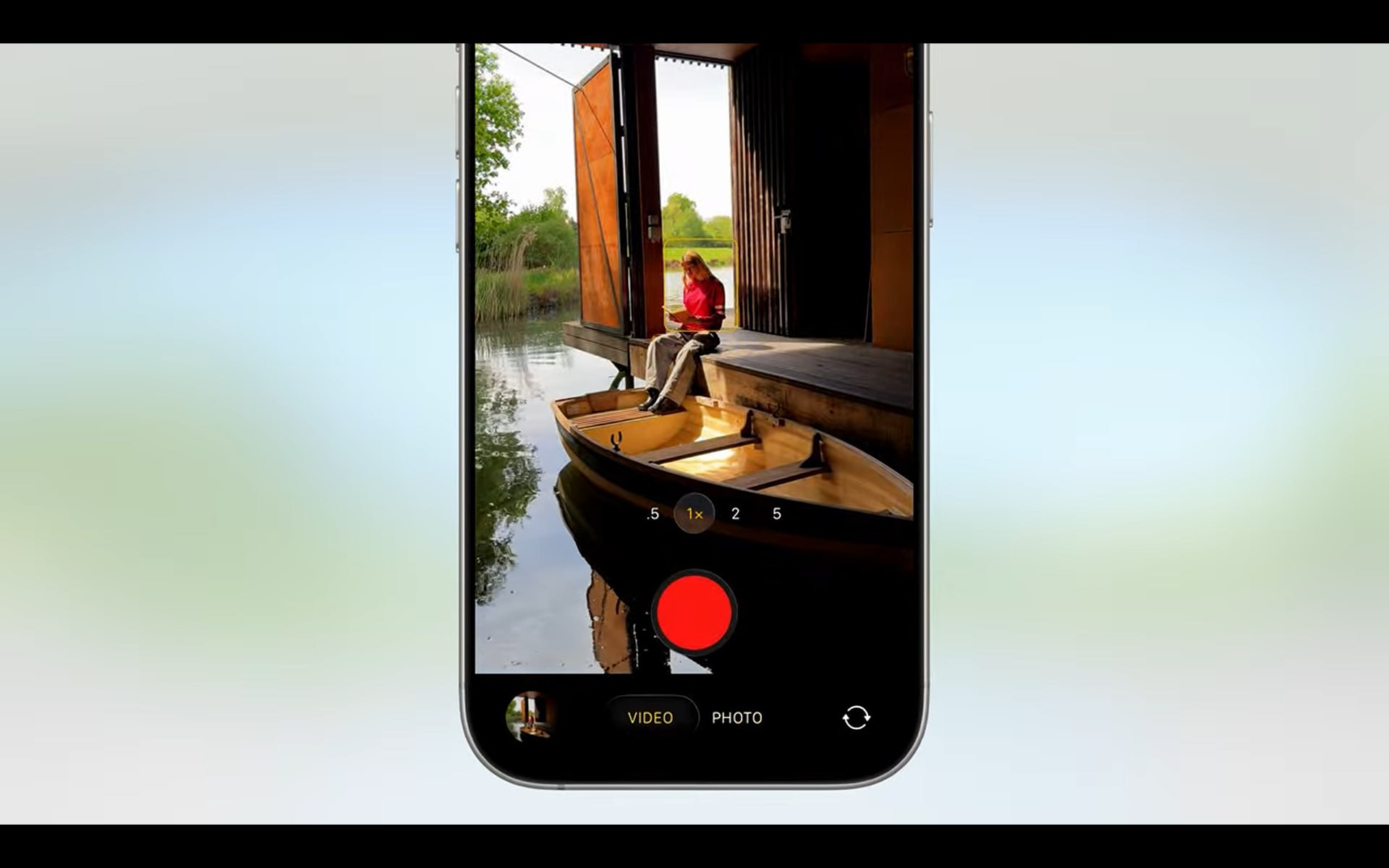
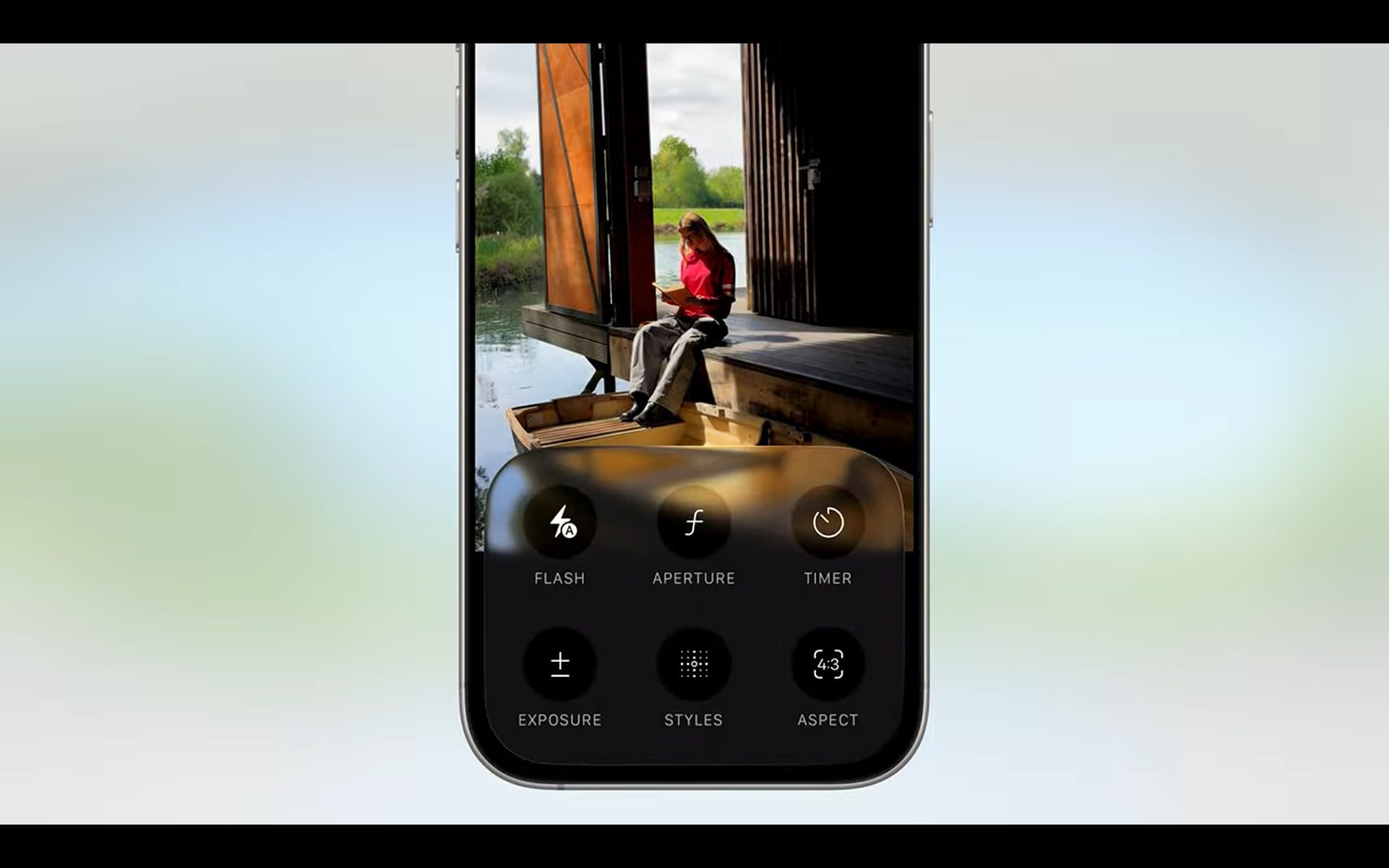



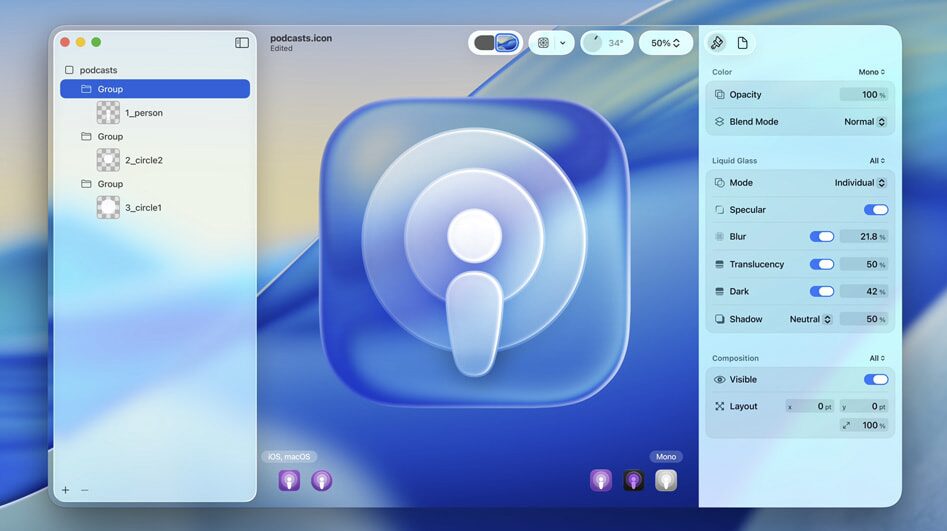
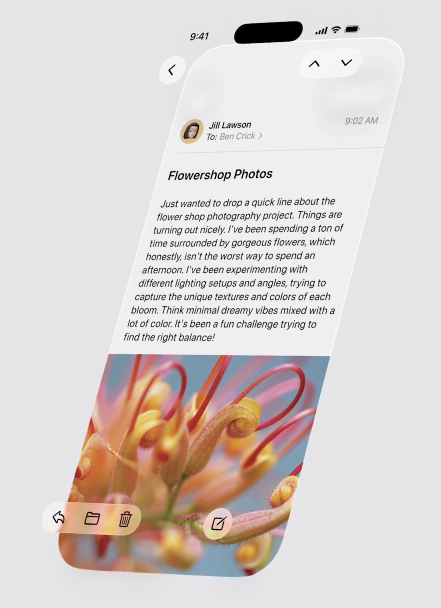






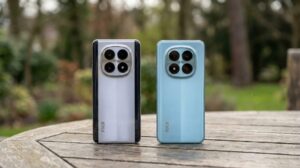
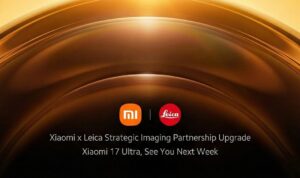
Soon the chinese will steal iOS design again
I don’t feel any premium vibe in this new theme and icons of iOS 😂😂😂
a new theme is enough to get a similar vibe
of course it doesn’t it was just released yesterday! and also give some time and we will see this in hyperos
this title is so??? 😭 this sent me
It never looked like IOS. Who thumbsucks this nonsense?
Xiaomi’s phones are so much better IOS is stealing off them
Who cares, seriously. Bring back SD card support and headphone jacks to flagship phones.
no longer looks like iOS? there’s almost no difference in the two, lol how is apple okay with this